Spice Up Your Life with La Costeña Chipotle Peppers
Table of Contents
- Introduction to La Costeña Chipotle Peppers
- What Makes Them So Smoky Good?
- How to Use Them in Your Kitchen
- La Costeña vs. Other Brands – The Ultimate Showdown
- Pro Tips for Handling the Heat
- Flavor Pairing Ideas That Will Blow Your Mind
- Storage Hacks to Keep Them Fresh Forever
- Safety First: Don’t Burn Your Tongue Off!
- Final Thoughts on These Smoky Powerhouses
Why Are Everyone Talking About La Costeña Chipotle Peppers?
If you’ve ever opened a can of La Costeña chipotle peppers, you already know what spicy heaven smells like. That smoky, earthy aroma hits you like a campfire in a can—minus the mosquitoes and soggy marshmallows. But what makes these little fire-roasted peppers so special? Why are they a staple in kitchens from Mexico City to Miami? Grab your apron, gloves, and maybe a fan for that post-chipotle face sweat—we’re diving deep into the world of one of the most versatile ingredients in the Global Spice Traditions lineup.
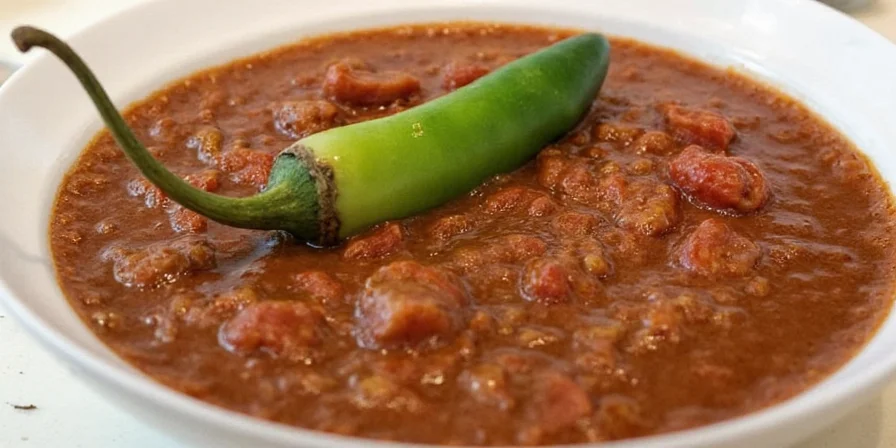
What Makes La Costeña Chipotle Peppers So Damn Smoky?
The magic behind La Costeña chipotle peppers starts with jalapeños—but not just any jalapeños. They use fully matured ones, which pack more heat than their green, unripe cousins. Then comes the fun part: smoking them until they turn into the wrinkled beauties we see in the can. This process isn’t just about drying the peppers—it’s about infusing them with layers of flavor that’ll make your taste buds throw a tiny Mexican fiesta every time you crack one open.
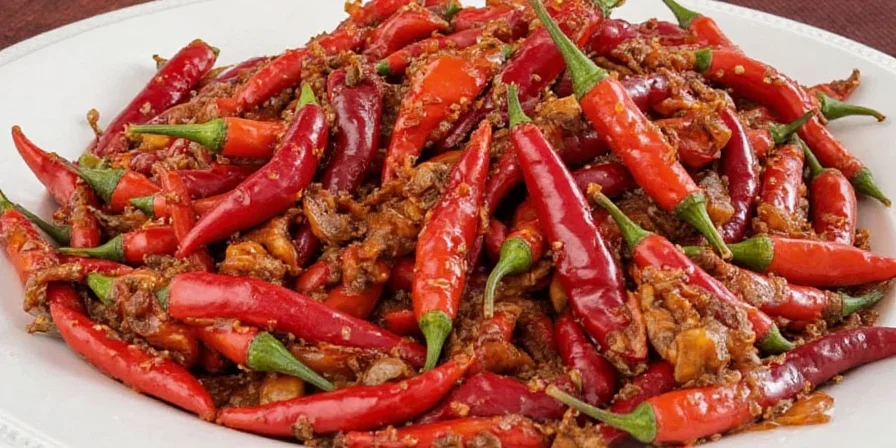
Ways to Use La Costeña Chipotle Peppers Like a Pro
You don’t need a culinary degree to unlock the power of these smoky delights. Here are some foolproof ways to spice up your meals:
- Add chopped chipotles to mayo or sour cream for an instant smoky sauce—perfect for tacos or burgers.
- Blend them with garlic, lime, and olive oil for a marinade that will make your grilled meats sing.
- Mix into mashed potatoes or mac and cheese for a kick that’s oh-so-worth it.
- Stir into soups or stews to give them depth and a fiery twist.
- Don’t toss the adobo sauce! It’s gold in dressings, sauces, and even Bloody Marys.
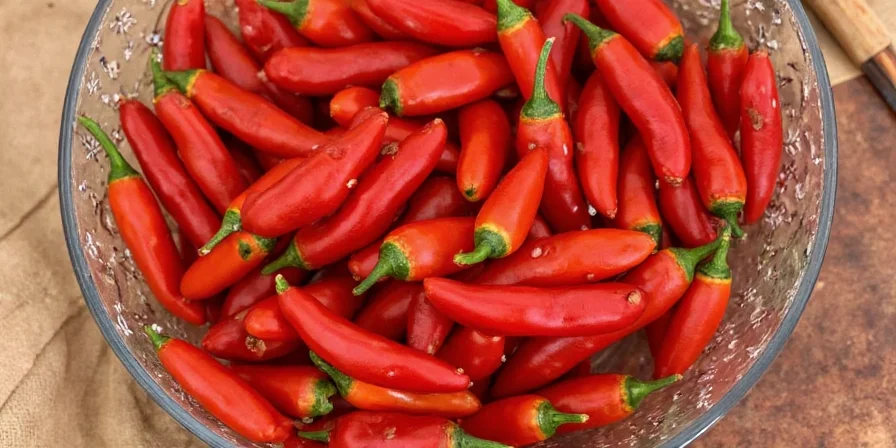
La Costeña vs. Other Brands – Who Wins the Pepper Prize?
| Brand | Heat Level | Smokiness | Adobo Sauce Quality | Packaging & Convenience | Price Point |
|---|---|---|---|---|---|
| La Costeña | Medium-High | Off-the-charts smoky | Thick, rich, packed with flavor | Easily found in most grocery stores | Affordable |
| Hatch | Medium | Smoky but lighter | Thin and less intense | Great packaging but harder to find | Slightly higher |
| Del Monte | Low-Medium | Mildly smoky | Basic and bland | Easy to find | Budget-friendly |
As you can see, La Costeña really stands out when it comes to flavor intensity and quality. It’s like comparing a live concert to a Spotify playlist—sure both work, but one is way more fun.
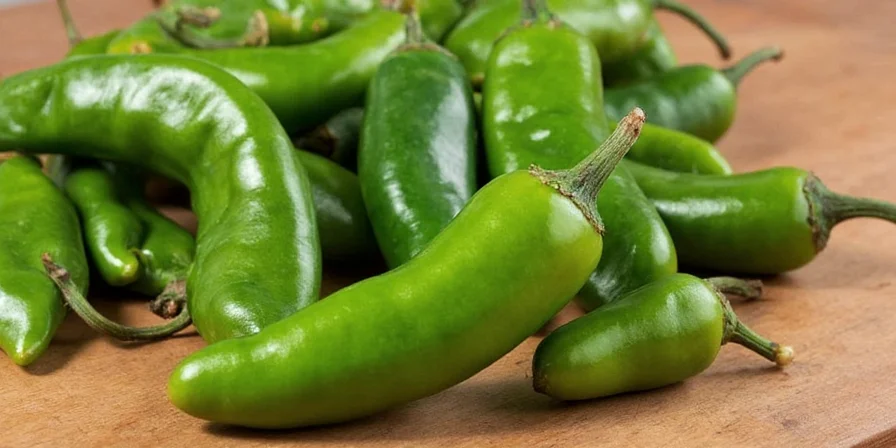
Pro Tips for Handling the Heat Like a Boss
So you’ve opened the can and stared at those red-hot devils. Now what? Here are some pro tips to keep things cool while getting the most out of your peppers:
- Use gloves! Unless you want to feel like you dipped your fingers in lava later.
- Want less heat? Remove the seeds and veins before chopping.
- Want more flavor? Leave the seeds in but finely chop everything together.
- Store leftover peppers in a sealed container in the fridge—they’ll last up to two weeks.
- Freeze extras in ice cube trays with a splash of adobo sauce for ready-to-use flavor bombs.

Flavor Pairings That’ll Make You Swoon
Here’s where science meets soul. Chipotle peppers aren’t just hot—they’re complex. Here are some unexpected but genius pairings to try:
- Citrus: A squeeze of lime or orange brightens up the smoky richness.
- Dairy: Think sour cream, crema, or even goat cheese to cut through the heat.
- Chocolate: Yep, dark chocolate and chipotle are best friends in dessert land.
- Tomato: A natural pairing that boosts umami and balances the spice.
- Agave or Honey: A drizzle adds sweetness that dances with the fire.
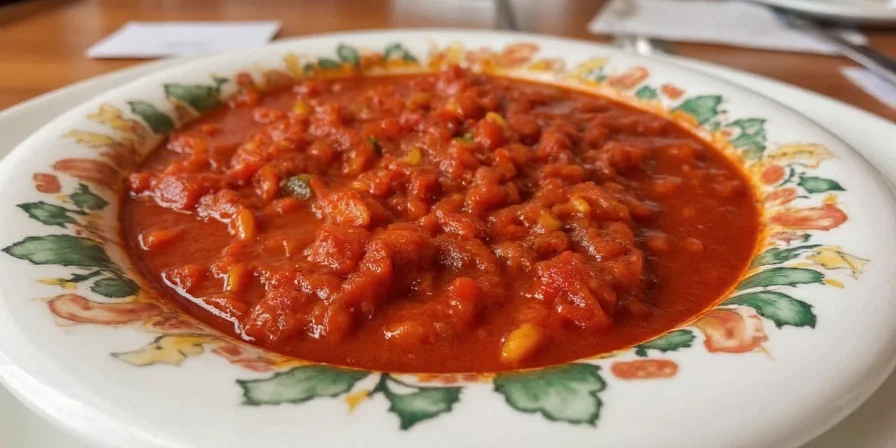
Storage Hacks: Because You Can Never Have Too Many Chipotles
If you go all-out and buy five cans of La Costeña chipotle peppers, don’t worry—you don’t have to eat salsa every day. Here’s how to store them without going insane:
- Refrigerate in the original can (covered) for up to 2 weeks.
- Freeze whole or chopped in ziplock bags or containers for up to 6 months.
- Make chipotle paste by blending peppers + adobo sauce + a bit of oil, then freeze in cubes.
- Dehydrate extra peppers in a dehydrator or oven and grind into powder for seasoning blends.
- Infuse vinegar or oil with chipotle for homemade condiments that pack a punch.
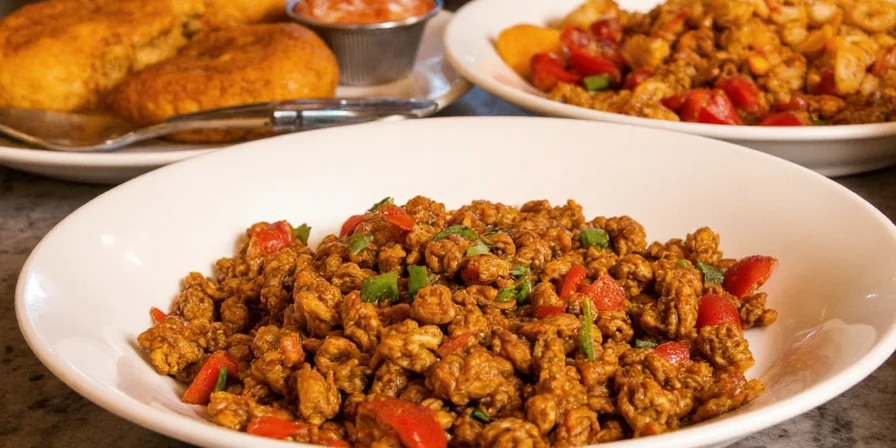
When Spice Becomes Pain: Safety Tips
We love heat around here, but nobody wants a trip to the ER because of a rogue chipotle. Follow these safety tips to stay safe while staying spicy:
- Never touch your eyes after handling peppers—even hours later.
- Wash hands thoroughly after cutting or mixing.
- If your mouth is burning, reach for dairy, not water. Milk = your new best friend.
- If using in large quantities, taste as you go—it’s easy to overdo it.
- Warn guests if serving spicy dishes. Not everyone is ready for the chipotle express.
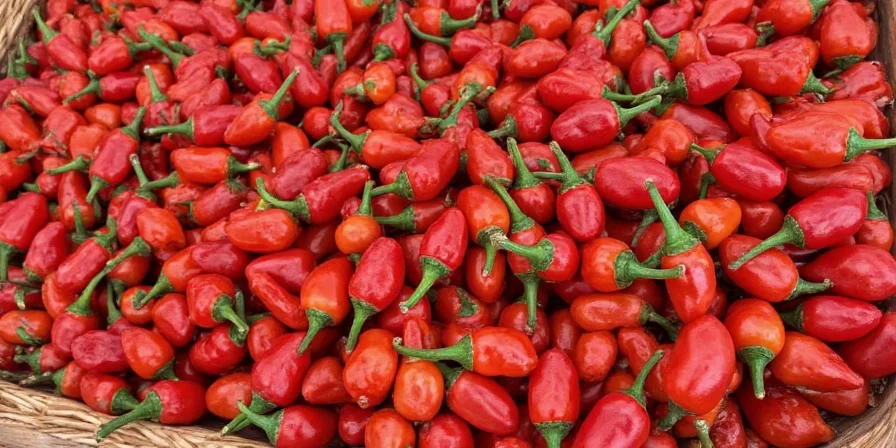
Final Thoughts: The World Needs More Chipotle
Whether you’re a spice newbie or a full-on chili connoisseur, La Costeña chipotle peppers deserve a spot in your pantry. They bring bold flavor, smoky complexity, and a touch of Mexican tradition straight to your table. With these tips and tricks, you’re ready to unleash the power of chipotle in every dish you create.
So go ahead—crack open that can, embrace the smoke, and let the spice fly.
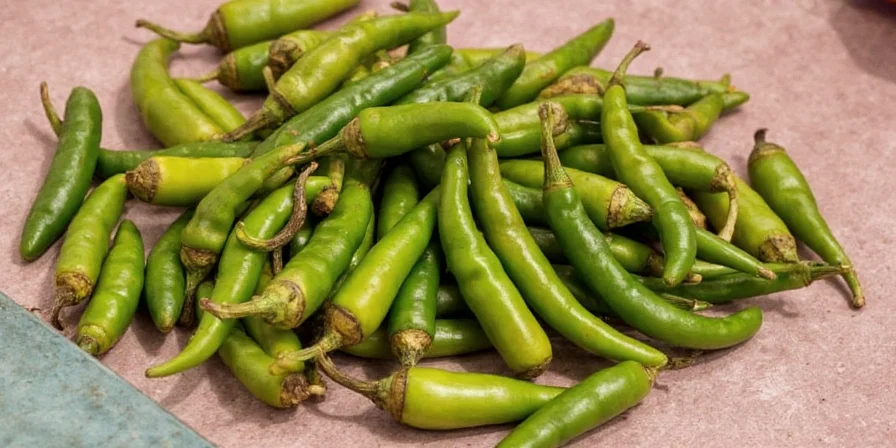

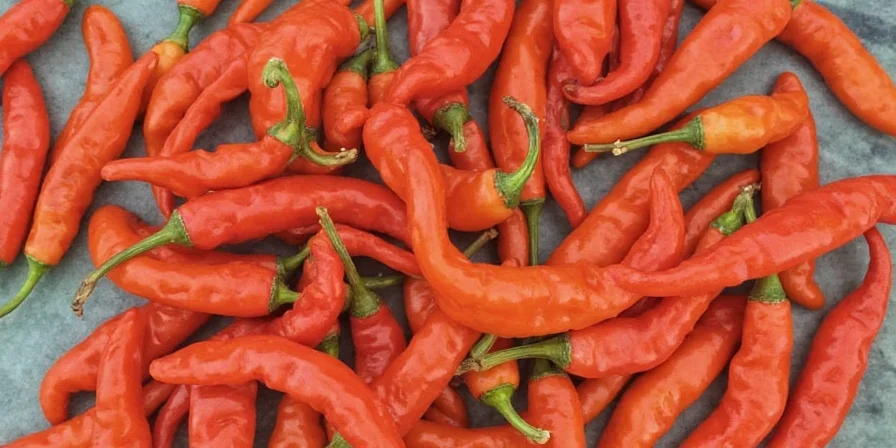









 浙公网安备
33010002000092号
浙公网安备
33010002000092号 浙B2-20120091-4
浙B2-20120091-4